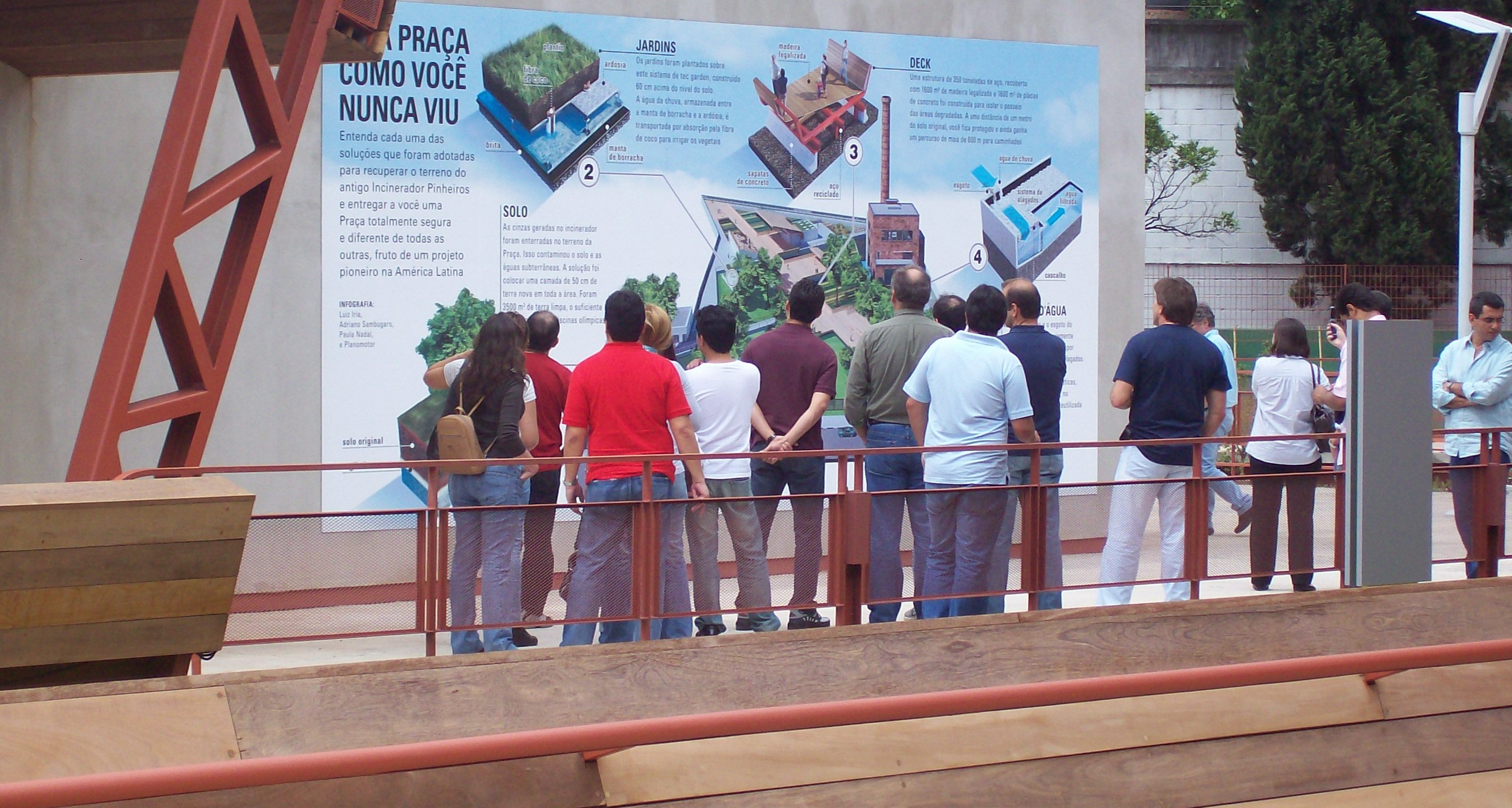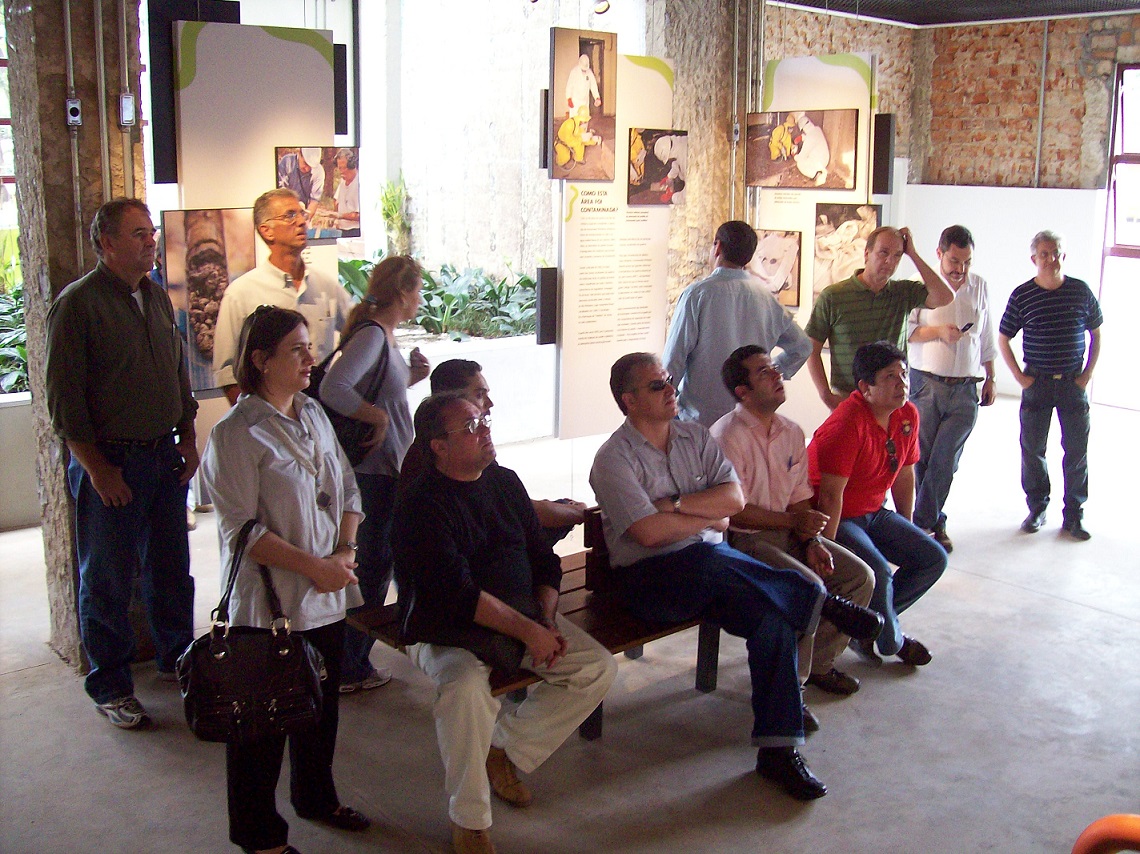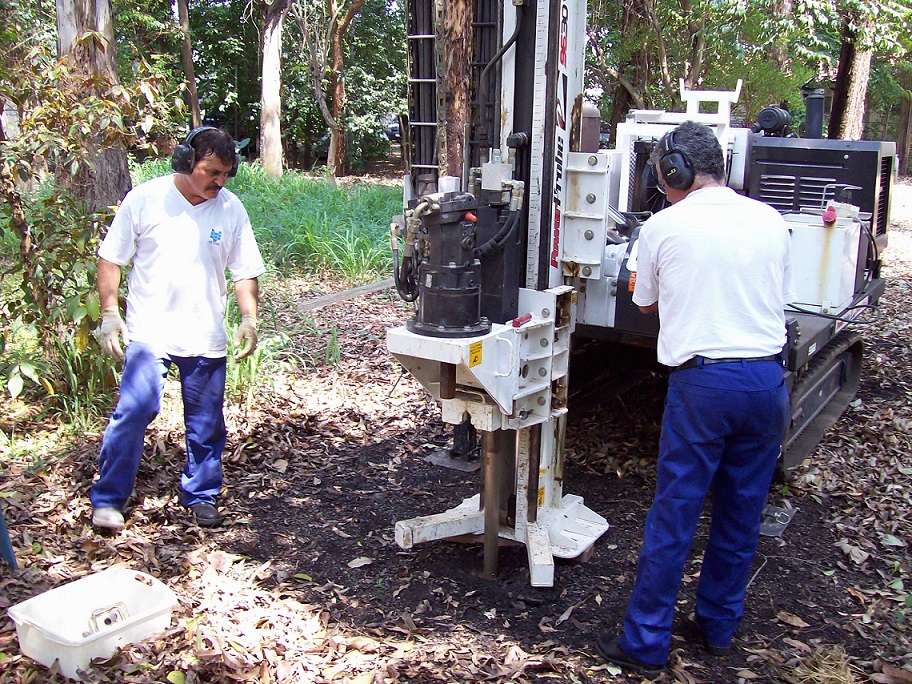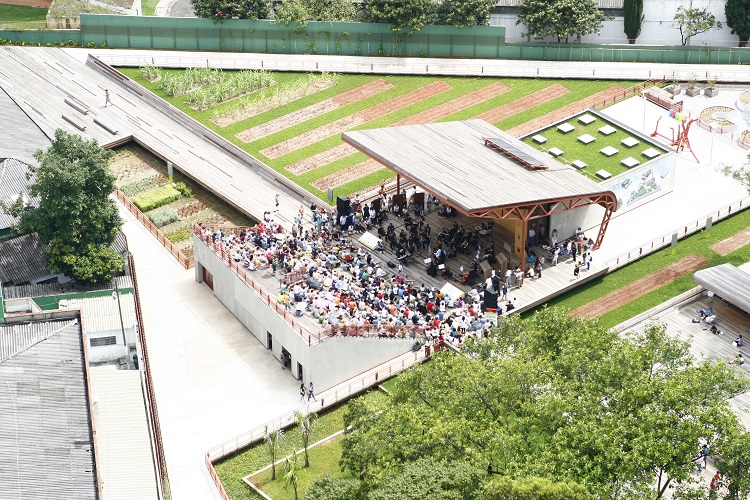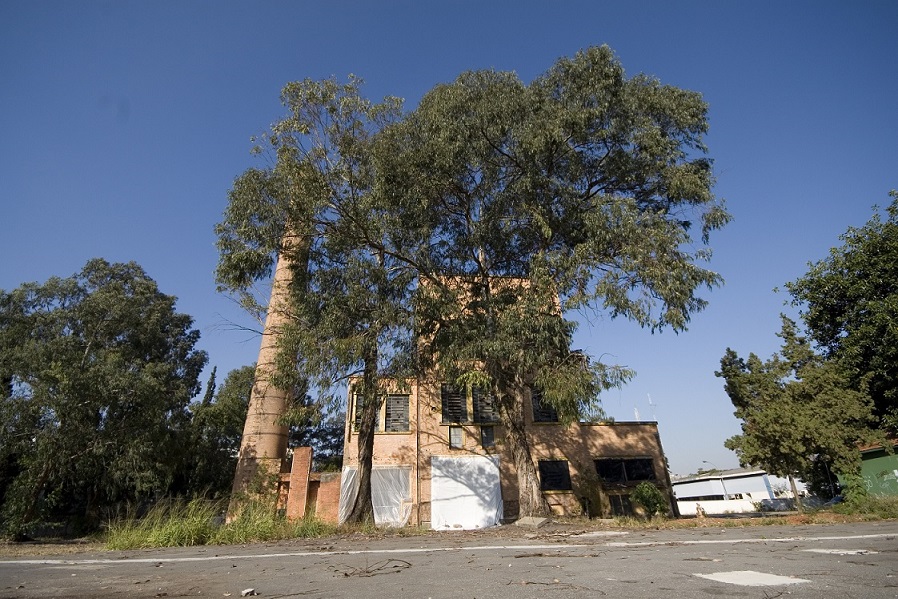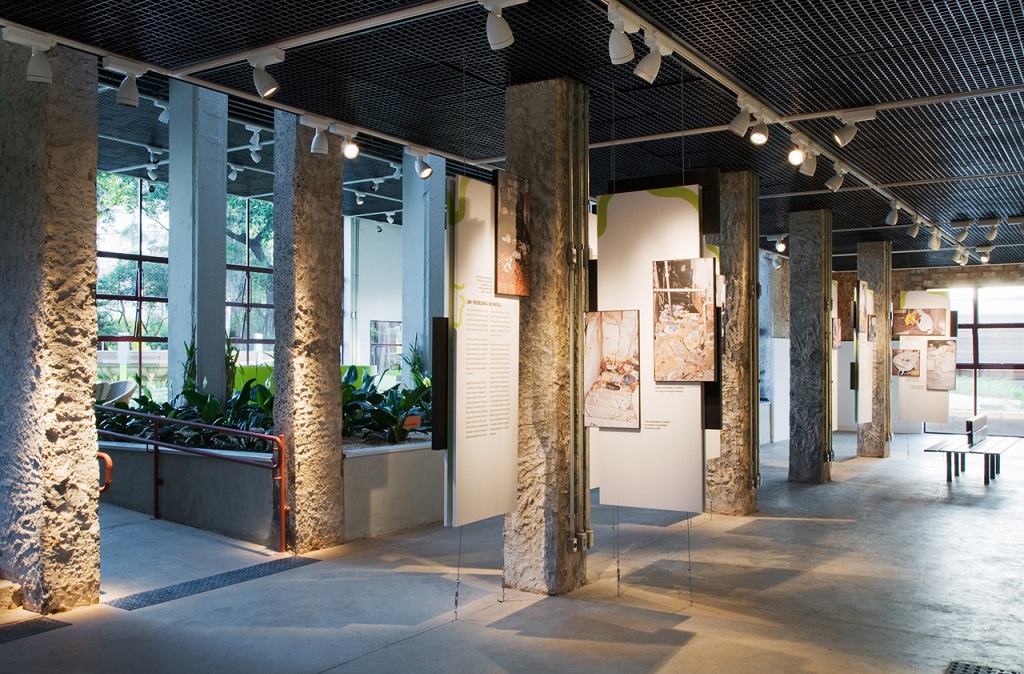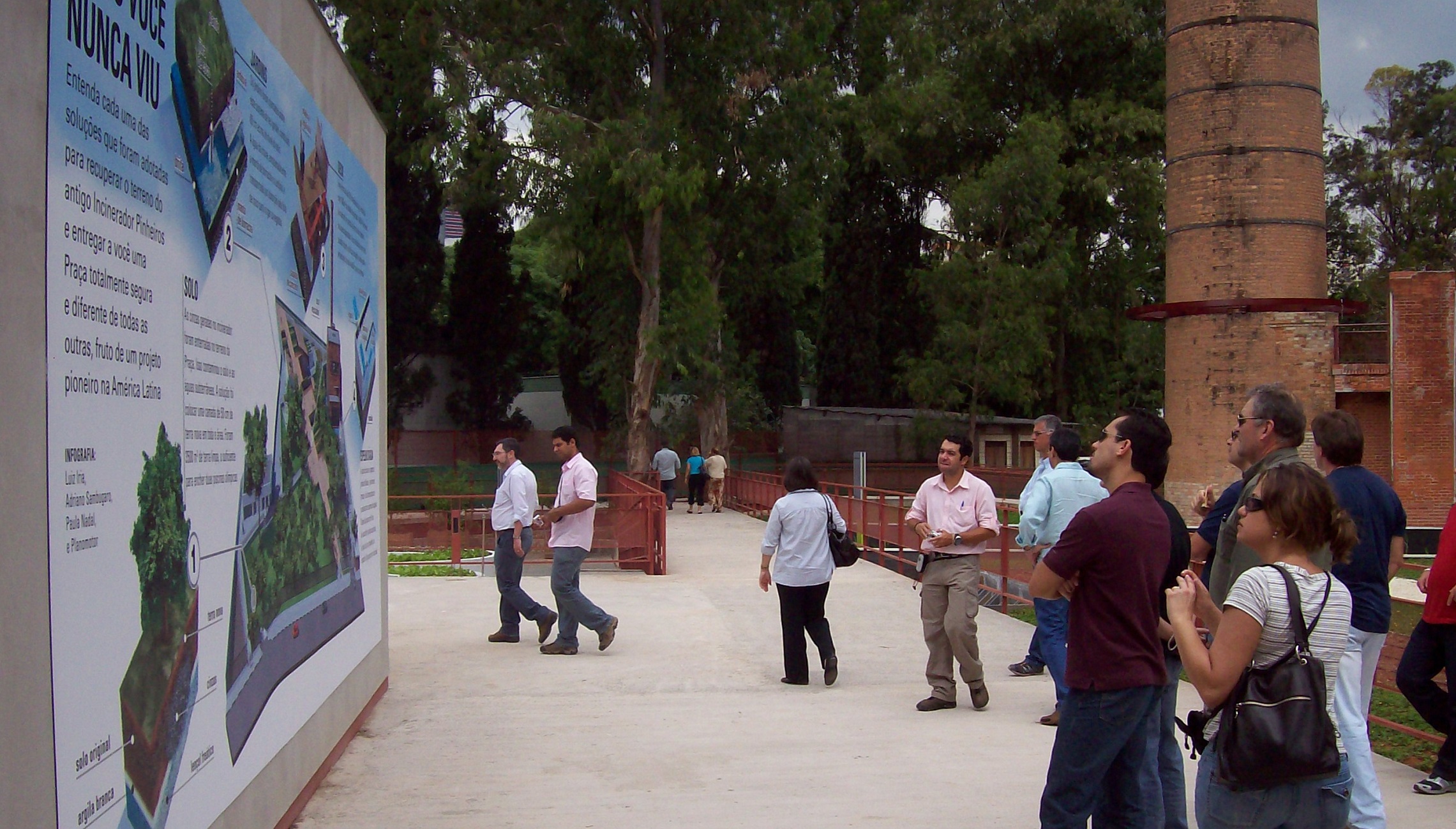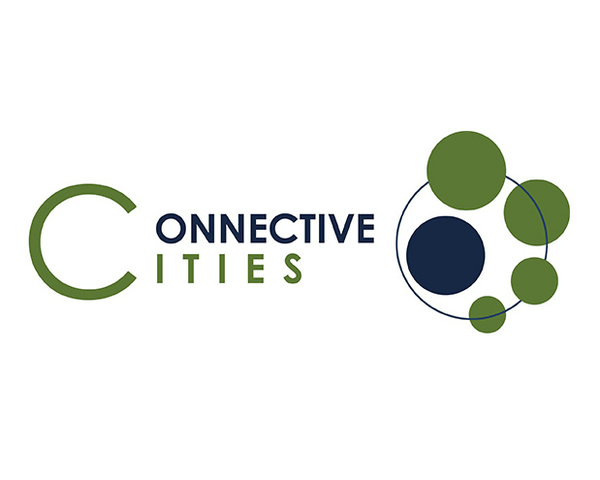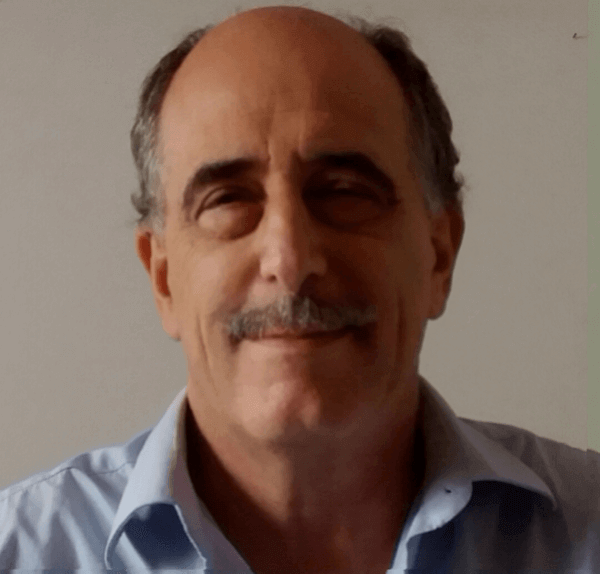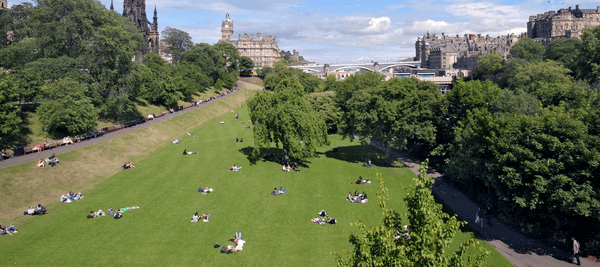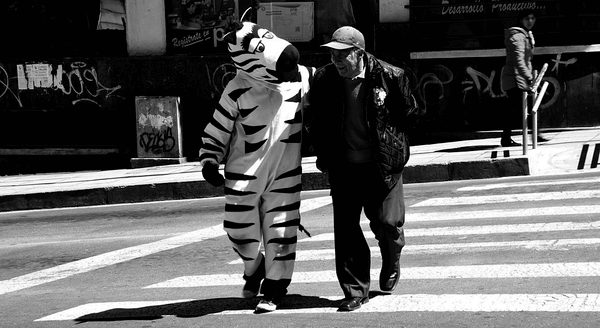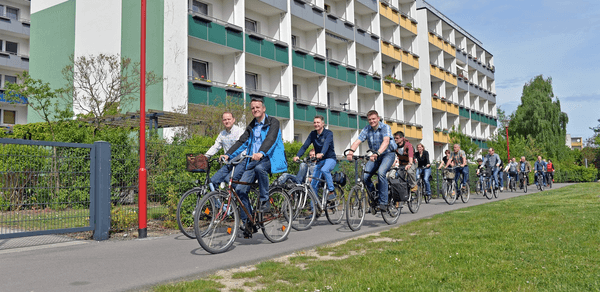City
São Paulo
Main actors
City Government, Regional Government, Supranational / Intergovernmental Institutions, Private Sector
Project area
Neighborhood or district
Duration
Ongoing since 2006
The city of São Paulo has developed a successful brownfield project with a cultural heritage focus.
The city of São Paulo has a strong need for parks and public recreational spaces. At the same time there is a shortage of adequate spaces in the inner city, and the peri-urban areas are characterised by sprawl. Rehabilitating and developing abandoned post-industrial brownfields provides an alternative for many municipalities. This project covers 13,648 square metres of land that had been contaminated by heavy metals found in the soil and ground water and dioxins and furans were found in the main building. The project concept aimed to carryout environmental remediation work in the old central waste incinerator in order to build a recreational area for cultural and education activities including school visits, lectures and workshops, concerts, exhibitions, sports and community welfare programs.
Originally published by the International Community of Practice for Sustainable Urban Development CONNECTIVE CITIES: https://www.connective-cities.net/en/good-practice-details/gutepraktik/flaechenrevitalisierung-in-sao-paulo/
External links / documents
On Map
The Map will be displayed after accepting cookie policy
